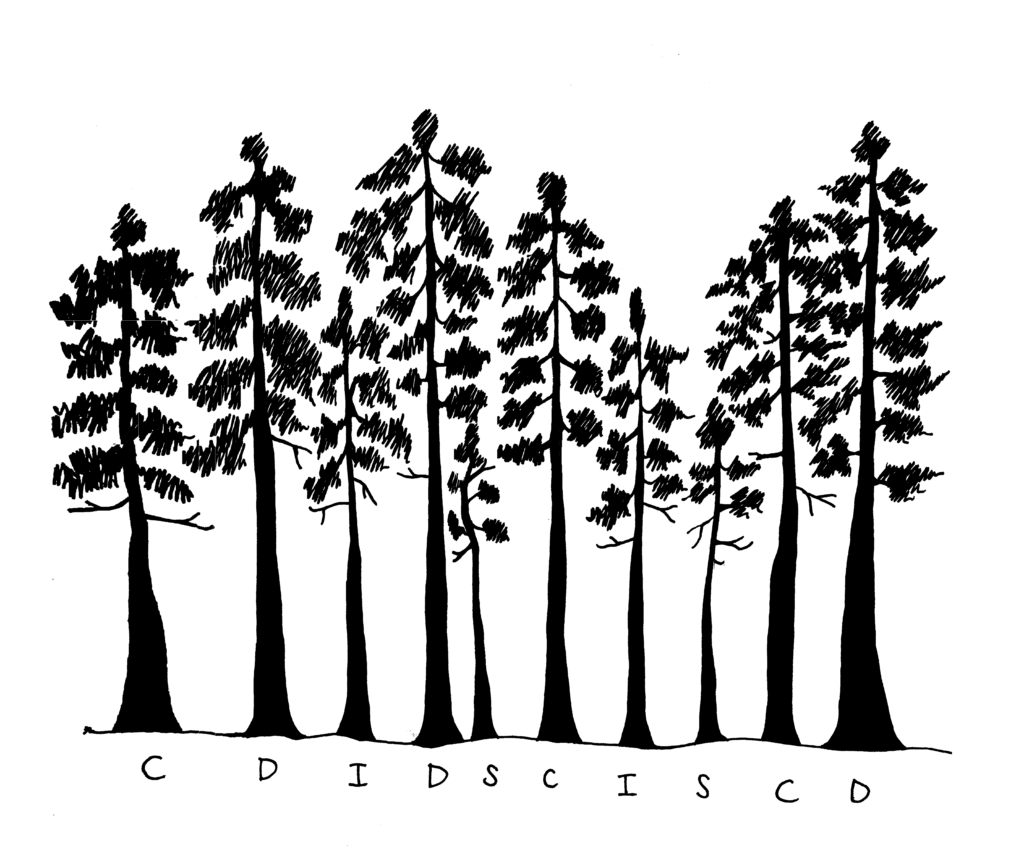5.4 Field Technique Tips for Determining Crown Class and LCR
Determining Crown Class
1. Crown class identification is somewhat subjective, so it is important to try to stick to the definitions and be consistent. Certainly, there will be many trees that do not fit neatly into the classification scheme, so expect some challenges and assign the crown class that most clearly illustrates the condition of each tree or its place in the stand.
2. This is particularly true when it comes to “suppressed” trees. They are still part of the canopy; they do not make up a second layer. Therefore, they do not have to have their entire crowns below the lowest branches of the tree canopy. Figure 5.8 illustrates a realistic interpretation of the definition.

Note that the suppressed trees extend into the canopy – after all they are in the same cohort or are the same age as the others; they just do not receive any direct light. The low vigor and poor crown condition of a suppressed shade intolerant tree will be very different from that of an intermediate, and should be documented as such.
Determining Live Crown Ratio
1. Never “eyeball” LCR without measuring. You will underestimate the crown ratio. Standing on the ground looking up results in a foreshortened view of the crown; it will look shorter than it really is. The closer one is to the tree, and the taller the tree, the more your eye is tricked. In fact, it is an interesting exercise to guess what you think the LCR will be, then measure it, and see how close you are.
2. Determine length of crown using the same measuring techniques and equipment that you use to estimate total height.
3. It is sometimes difficult to determine where the base of the crown is. Brush or limbs from other trees may obscure it, or one side of the tree may have limbs lower than the other side. Try to get to a spot where you can see the tree to take care of the first problem. The standard for handling an uneven tree base is to sight on a spot halfway between the lowest branches on each side of the tree – “split the difference” so to speak (Figure 5.9).

4. Ignore a lone live branch low on the tree that is clearly not part of the overall crown.
5. Live crown ratio is generally recorded as a whole number (%), not as a fraction in decimal form. Always record to the precision of the instrument used. Note that measures cannot be accurately made to a tenth of a percentage. So, for example, if the calculator reads 53.6, then record LCR as 54.

